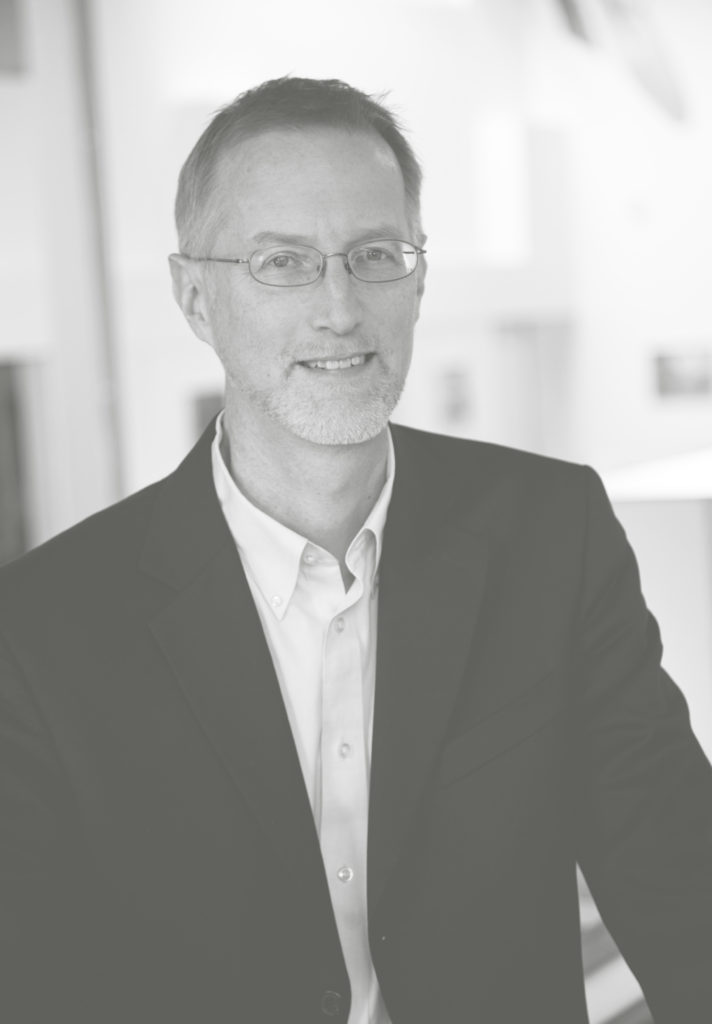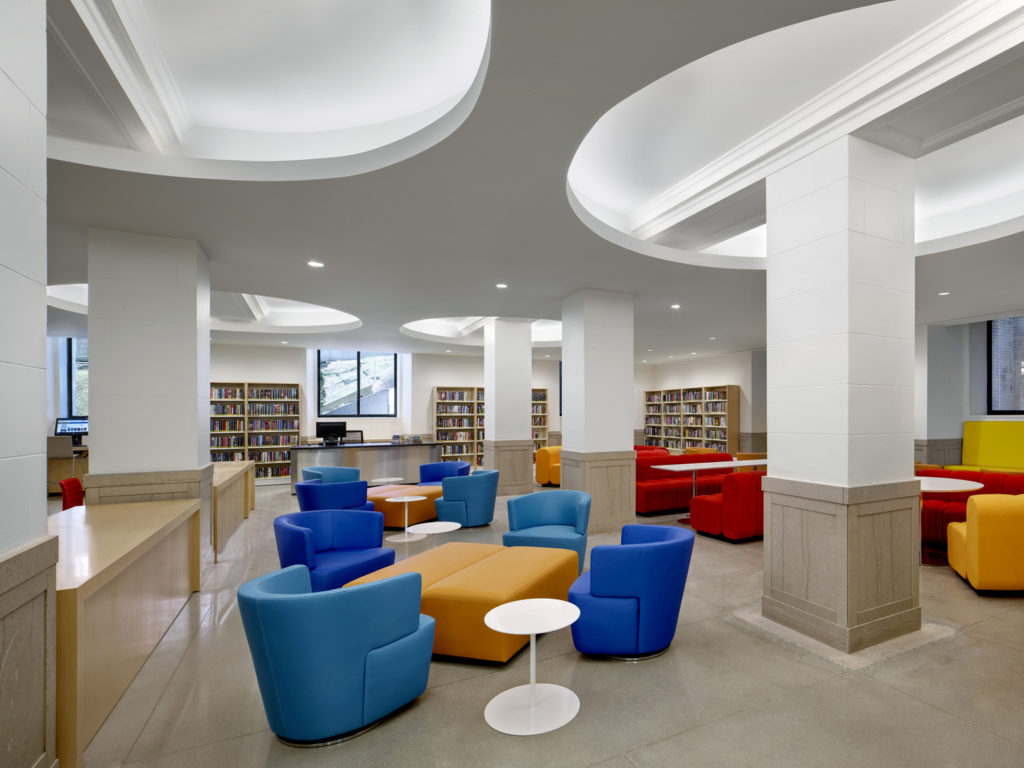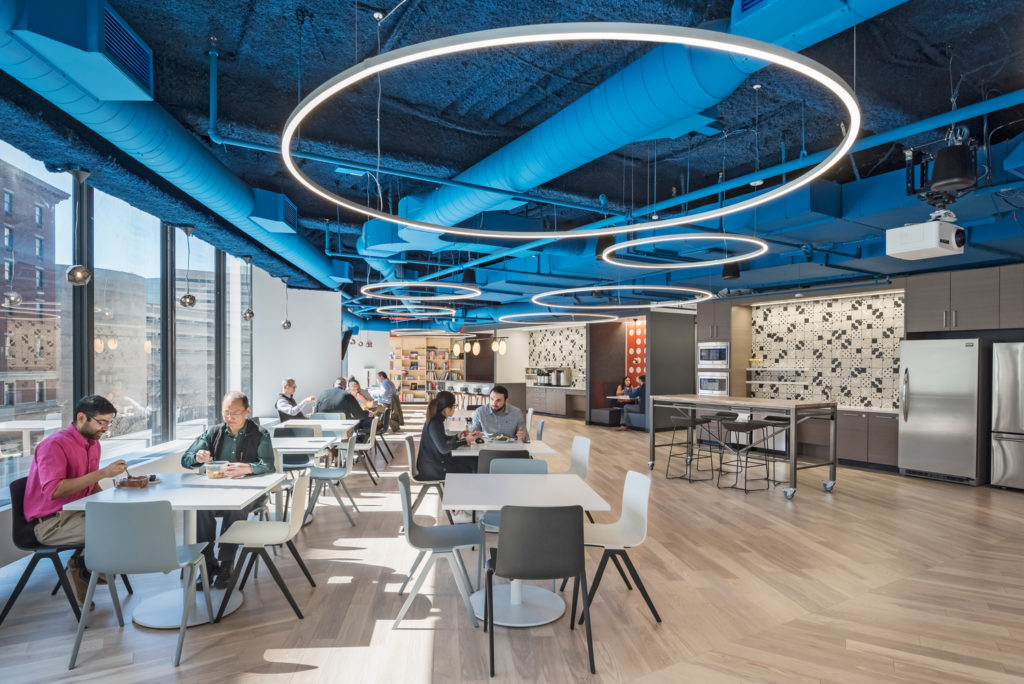Glenn Heinmiller FIALD, LEED AP, LC

Principal / Cambridge Director
Lam Partners
Architectural Lighting Design
Follow Lam Partners:
Instagram: lam_partners Twitter: @lampartners
LinkedIn: @lam-partners
Utilizing his expertise in producing high-quality electric and daylighting solutions with minimized energy use and negative environmental impact, Glenn has designed daylight and electric lighting systems for a diverse range of projects, including research facilities and labs, academic/administrative buildings, student and faculty residences, athletic facilities, student centers, performing arts centers and libraries. As Chairman of the IALD Energy and Sustainability Committee, he manages the IALD’s participation in sustainability initiatives, and the review of and contribution to standards, regulations, and rating systems development. He is a LEED Accredited Professional and served as a USGBC Subject Matter Expert. Glenn is NCQLP Lighting Certified, a Fellow of the International Association of Lighting Designers (IALD), and a member of the International Dark-Sky Association. For his design work, he has received an IALD Award of Excellence, two A|L Outstanding Achievement Awards, and the GE Edison Award.
Glenn is also a familiar face at LightFair as an attendee and a presenter. For this profile, he shared his views on the evolution of lighting design, advice for emerging professionals, and reflected on his own journey in the industry from a first-time LightFair attendee 25 years ago to a sought-after, award-winning lighting designer and sustainability expert.
The role and responsibility of lighting design
I think that the lighting design profession has grown and established its “brand” for many reasons over the past 50 years.
Two fundamental reasons are that we proved that we can improve the quality of interior and exterior environments for the people that use them and that we can help the architect design more beautiful buildings. Over the past 15 years or so, sustainability goals have become part of our portfolio, and we have shown that we can be adept at minimizing energy use and reducing light pollution. More recently, “wellness” has been added as an objective for some architects and building owners and lighting designers are working to ensure that our designs contribute to wellness. This is a formidable endeavor that must move beyond buzz words and gimmicks.
The whole lighting community needs to be able to show measurable wellness or economic benefit from providing high-quality lighting. Curiously this renewed focus on lighting quality circles back to fundamental principles that lighting designers have been following for decades.

Architect: Architectural Resources Cambridge (ARC)
Photographer: © John Horner
Lighting design lessons you don’t want to learn the hard way
Get on the same page
When you start a project make sure that the architect and others on the design team have a clear understanding of roles, responsibilities, and most importantly expectations. Missing this can lead to serious misunderstandings and unhappy customers when you are in the thick of the project design.
Details matter
Pay attention to the accuracy of the construction documents. It can be tedious work, but the consequences of a mistake can be very serious.
Balance pragmatism with passion
You need to know when a design risk is worth taking. A brilliant concept for a complex lighting detail is not worth pursuing if it’s unlikely that it will ever be implemented correctly. And you need to know when to cut your losses and settle on a more conventional approach. Save the idea for a project that can support it.
A brilliant design concept poorly executed is a worse result than a solid concept built perfectly. You want to stand in the space when the building is done and be proud of your work.

Architect: Safdie Architects
Photographer: © Halkin Mason Photography
The true value of networking, conferences and association membership
Networking has been huge for me. Initially, it helped get my foot in the door in the profession. Networking at conferences is a great way to develop personal connections directly with the lighting manufacturers. These connections can be extremely valuable when you have a problem and you need some help from the manufacturer. Also developing relationships with fellow lighting designers from all over the world has been beneficial and has taught me the value of working collectively with our competitors for the common good of our profession.
For me personally, the IALD has given me and others on the IALD Energy and Sustainability committee a “banner” to operate under to pursue our goals of improving regulations and standards related to energy efficiency and light pollution control. We have proven that by doing this work as representatives of the IALD we can be much more effective than doing it as individual lighting designers.
Advice for emergent lighting design professionals
Never stop learning!
Read, read, read. Get to IALD and IES conferences and LightFair. Attend the educational sessions that interest you and learn from the pros. And if you aren’t already doing it, press the more senior people in your firm to spend the time to share their experience with the whole firm or with you individually.
This learning will never end and for me, 25 years in I’m still learning new things and feeding my curiosity and interests.
I think that if you ever find yourself not interested in expanding your professional knowledge and skills, then it’s time to find another profession.

Architect: Jacobs
Photographer: © Anton Grassl
Upcoming trends and challenges
Well, this is an ongoing trend, but I would expect that there will be a continued need to reduce the energy use of lighting. For us lighting designers the challenge to deliver high-quality design with minimum negative environmental impact will become even tougher. But I believe that the best of us are up to the task.
A trip down the LightFair memory lane
I guess my “memory” is really a story across the whole arc of my attendance at LightFair over the past 25 years. When I attended early in my career I soaked up information like a sponge and sat in awe of the expert presenters at the educational sessions. Many years later I found myself at LigthFair as one of those expert presenters. Not sure anyone was in awe, but it certainly felt like an accomplishment to me.

